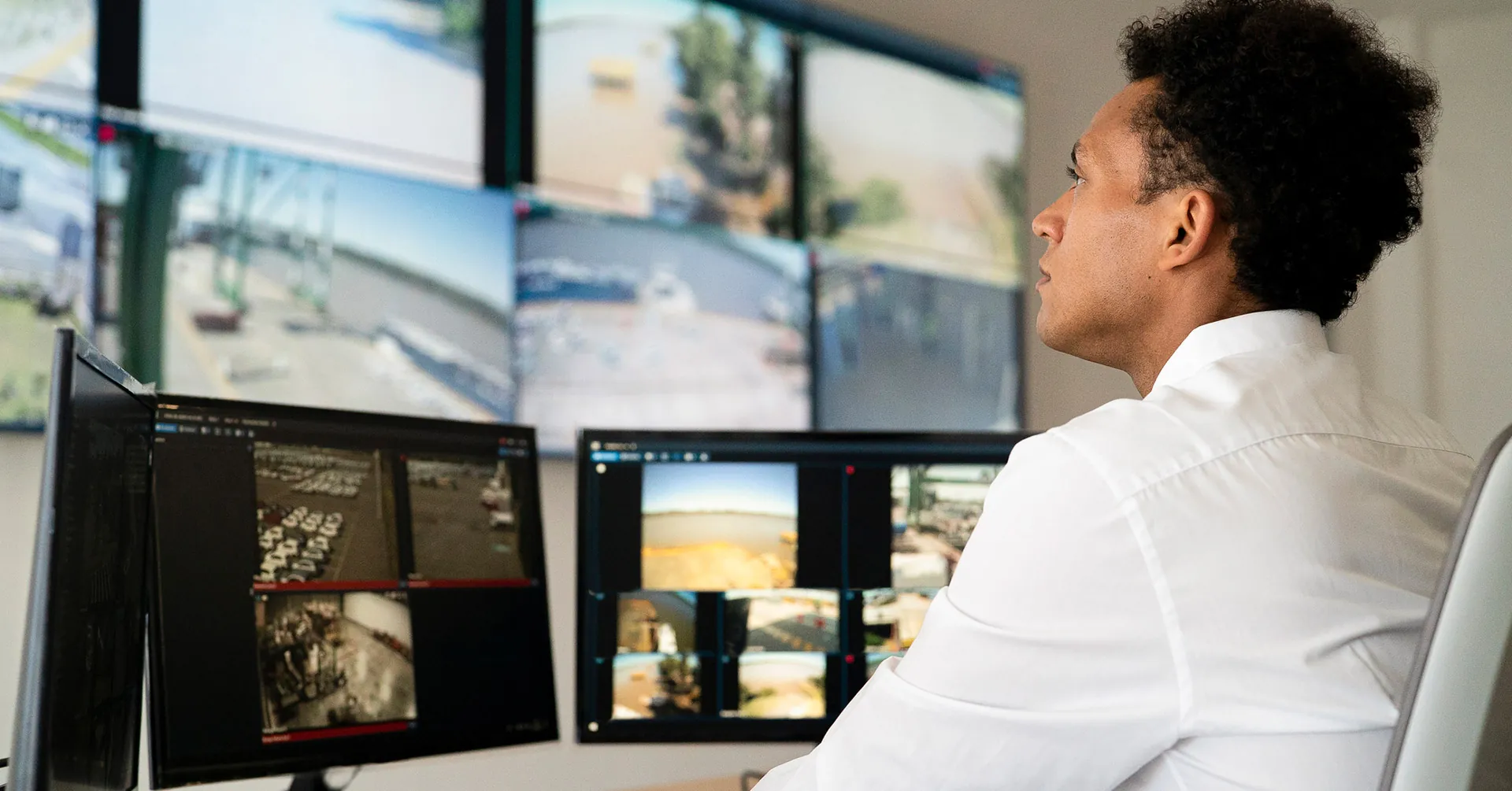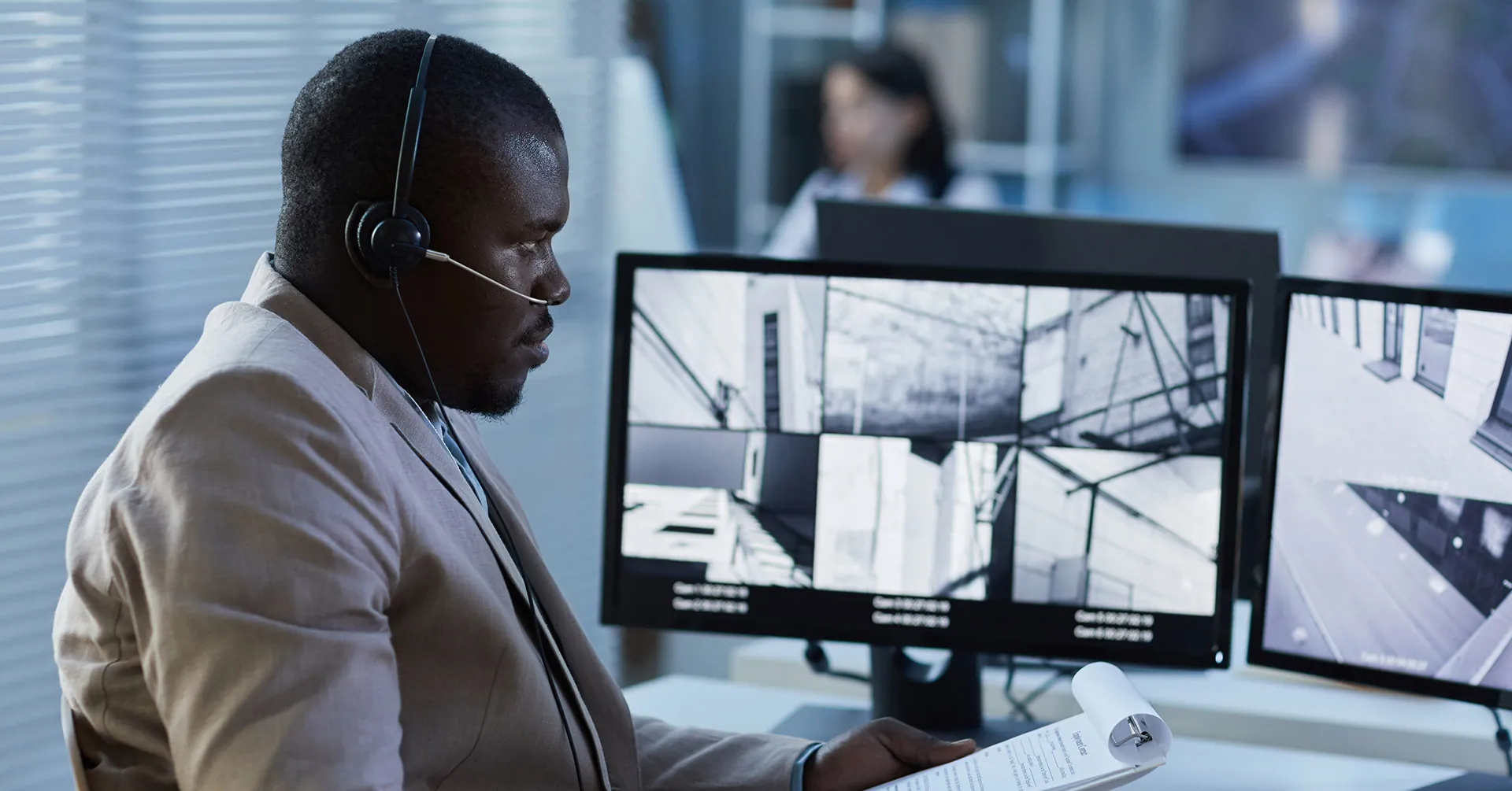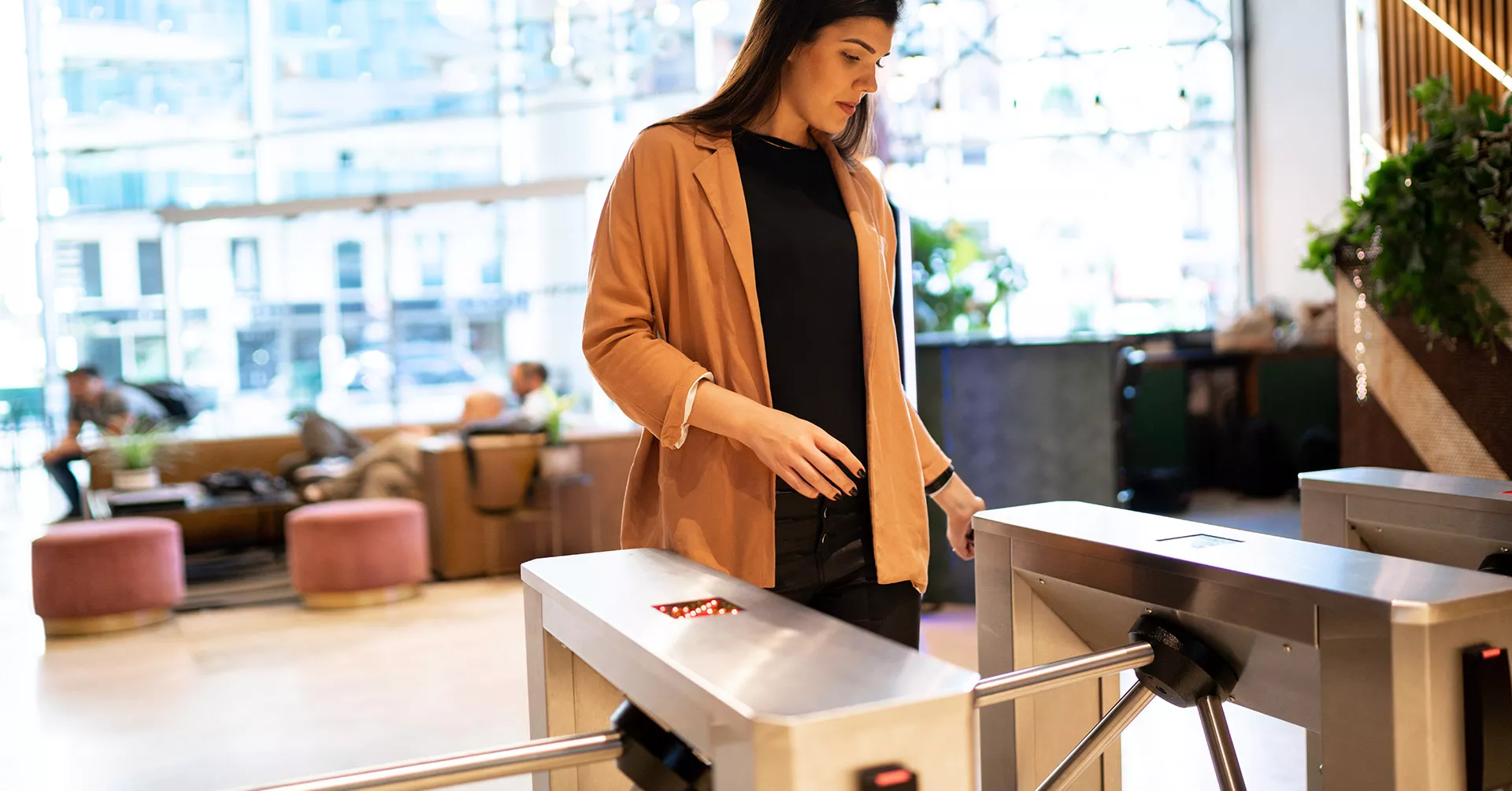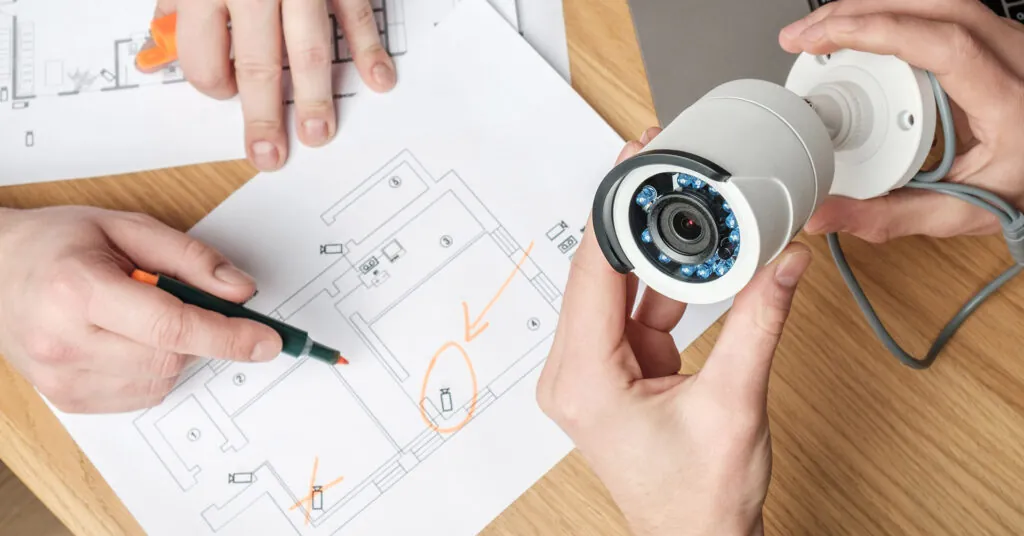
Physical Security Controls: A Guide to Safeguarding Your Facility
With the right physical security controls, you can mitigate intrusion, theft, and physical threats to your people and work locations. It all comes down to finding the right controls for your risks.
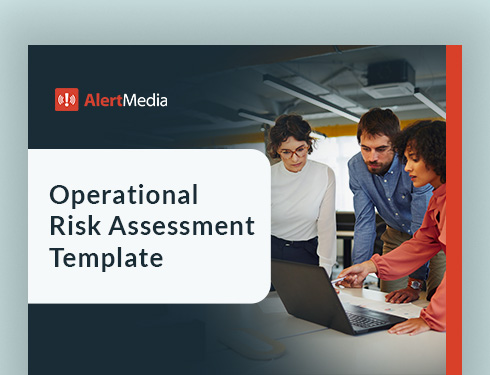
In today’s complicated and changing threat landscape, your physical security controls must keep up. What worked a decade ago might be inadequate against today’s sophisticated intrusions and breaches. But safeguarding your organization’s physical assets, employees, and facilities is foundational to a robust security strategy—and it’s your legal responsibility.
Joe Holokan, Manager of Central Region Security at Cox Enterprises, breaks this responsibility down in an interview on The Employee Safety Podcast. “The primary responsibility of any organization is to identify the needs of the business, the workplace environment, and the surrounding environment. With that information, a solid process and communication channel are established to ensure that all security functions provide support and manage movement in and around any facility.” Joe goes on to give a few examples of different security controls that can help, including:
- Access control
- Intrusion detection
- Alarms
- Surveillance equipment
Physical security controls are your organization’s first line of defense against potential security breaches such as unauthorized access, theft, and harm to people and assets. Just like in any other security measure, physical security controls are not one-size-fits-all. The key is to find the right tools that support your specific security needs. In this post, we will walk through everything you need to know about physical security controls: What they are, why they are important, and how you can implement them to protect your business facilities and operational continuity.
Operational Risk Assessment Template
What Is Physical Security?
Physical security is the protection of people, property, and assets from tangible threats such as theft, damage, vandalism, trespassing, natural disasters, and other events that could cause harm or loss. Physical security professionals use measures and controls designed to prevent unauthorized access to buildings, equipment, and resources, as well as to safeguard individuals within a particular area. This physical protection can support other kinds of security, such as cybersecurity, by limiting approaches from an attacker.
What Are Physical Security Controls?
Physical security controls are the specific tools and procedures implemented to monitor, deter, and protect your people and spaces. These controls can be classified into four general types:
- Deterrent Controls — Discourage potential intruders or attackers
- Preventive Controls — Stop unauthorized access or actions
- Detective Controls — Identify unauthorized activities
- Corrective Controls — Respond to and mitigate the impacts of a security breach or incident
These controls may incorporate technology, human skill, or a combination of both. No matter what tools you use, all physical security controls have the same primary goal: To protect your people, facilities, and data. Here are 26 examples of physical security controls and how they work.
26 Examples of Physical Security Controls
You can set up many different physical security controls for your business, and most of them fall into seven categories: access controls, video surveillance, lighting, perimeter protection/gates, alarm systems, document disposal, and environmental controls. Here are 27 examples of specific controls and what they do.
Access control systems
Managing who can get in and out of your facility is a core aspect of physical security systems, so access control is one of the most well-known physical security measures. Physical access control refers to the tools and mechanisms that regulate who can enter or access different parts of a facility.
1. Keycard systems: RFID keycards that grant entry to the building or specific restricted areas. Cards can be programmed to allow access to buildings, different floors, or special locations.
2. Biometric scanners: Devices that use fingerprints, retinal scans, or facial recognition to verify identity.
3. PIN codes: Keypads that require a personal identification number for authentication and entry.
4. Security guards: Personnel who check IDs/access cards and manage entry points. Security guards are often used in conjunction with other access control measures.
Video surveillance
Even with a large security team, security guards cannot watch every corner of your facility at once. Video surveillance cameras help monitor and record activities within and around a facility to improve your ability to monitor what’s happening.
5. CCTV cameras: Closed-circuit television cameras installed in critical areas to capture real-time footage.
6. IP cameras: Networked cameras that can be accessed remotely via the internet.
7. Motion-activated cameras: Cameras that start recording only when they detect movement.
8. Pan-tilt-zoom (PTZ) cameras: Cameras that can be remotely controlled to provide a wider range of view and zoom capabilities.
Lighting
Video surveillance and human guards need a clear view to monitor an area effectively. Proper lighting enhances visibility and deters unauthorized access by limiting dark, shady corners and other blind spots.
9. Exterior lighting: Bright lights around the perimeter of the building to deter intruders.
10. Motion-sensor lights: Lights that turn on when movement is detected, alerting security personnel and scaring off potential intruders.
11. Emergency lighting: Lights that remain on during power outages to ensure visibility and safety.
Perimeter protection & gates
Preventing intruders from getting close to the building is another way to manage physical security. Perimeter protection can include barriers around or within the facility grounds and limits access points to improve the security team’s ability to monitor who is on-site.
12. Fencing: High, sturdy fences around the property to deter climbing and entry.
13. Security gates: Controlled entry points with gates that require authorization to pass through.
14. Bollards: Short, sturdy posts designed to prevent vehicles from crashing into the building.
15. Guard Patrols: Security personnel who regularly patrol the perimeter to detect and respond to breaches.
Alarm systems
If a threat actor does manage to get past your preventative security controls, you want to have a way to detect the intrusion. Alarm systems alert security personnel to unauthorized access or other emergencies.
16. Intrusion alarms: Sensors on doors and windows that trigger alarms when breached.
17. Panic buttons: Buttons placed in strategic locations so individuals can alert security to an emergency.
18. Fire alarms: Systems that detect smoke or heat and alert occupants and authorities to a fire.
Document disposal
Data protection is also a major motivation for physical security controls, which means sensitive documents must have their own protections. Proper disposal of these documents is crucial to preventing information leaks.
19. Shredders: Machines that cut documents into small pieces, making them unreadable.
20. Secure bins: Locked bins to place sensitive documents before shredding.
21. Document incineration: Burning documents ensures no one can reconstruct them.
22. Confidential recycling services: Professional services that ensure documents are securely recycled.
Environmental controls
Not all physical security threats are human. Environmental threats, such as temperature extremes, mold, illness, or even disasters, such as fire, can pose just as much risk and should be factored into physical security controls.
23. HVAC systems: Heating, ventilation, and air conditioning systems that control temperature and air quality.
24. Fire suppression systems: Systems such as sprinklers or gas-based extinguishing systems designed to put out fires quickly.
25. Flood barriers: Physical barriers that protect the facility from water damage during floods.
26. Climate control: Systems that maintain optimal temperature and humidity levels, critical in server rooms or areas with sensitive equipment.
These physical security controls work together to create a comprehensive security system that protects people, property, and information from a wide range of threats. Your organization may not need to implement all of these controls, but picking the right combination can significantly improve risk mitigation and business resiliency.
Supporting SOC 2 compliance through physical security controls
These security controls play a major role in cybersecurity, data protection, and physical protection. Safeguarding the physical infrastructure and assets that underpin the secure handling of customer data is a major factor in supporting SOC 2 compliance. Measures such as access control systems, surveillance cameras, perimeter protection, and environmental controls help ensure that only authorized individuals can access sensitive areas where customer data is stored or processed, thereby mitigating the risk of unauthorized access or breaches.
Challenges to Implementing Physical Security Controls
Like any other security initiative, implementing physical security controls can come with its own set of challenges. Here are the three most common issues to look out for and some tips to mitigate any issues.
Budgetary constraintsInstalling and maintaining high-end security systems can require substantial financial investment, and limited budgets may force your organization to reprioritize spending, sometimes compromising essential security measures.
What to do: Establish a high level of visibility with your business stakeholders and leadership so they are aware of what the security team is doing and how it will support overall business goals. This will help secure buy-in and prevent cuts to the security budget.
| Human errorYour physical security is only as good as the people who participate in it. Even sophisticated security systems can be undermined by simple mistakes, such as employees forgetting to lock doors or misplacing access cards.
What to do: Training and consistent communication are great ways to combat human error. Security should be top-of-mind for all employees, and everyone should be effectively trained. Outline how security controls protect your employees, so they are more inclined to follow guidelines. | Technology failureAny technology can malfunction due to power outages, software bugs, or hardware issues. Physical security controls are no different. Failures can create security vulnerabilities that you need to catch and fix as soon as possible.
What to do: All technology involved in your physical security controls requires regular maintenance and outdated equipment should be replaced. You also want to have redundant systems to ensure continuous protection in case one system becomes inoperable.
|
—Tony Putzig, Security and Investigations Supervisor at Cox Communications East
How to Implement Physical Security Controls for Your Organization
Whether you are starting from scratch or looking to improve your current physical security program, here are three steps to effectively implement physical security controls.
Step 1: Risk assessmentThe first step in any safety or security initiative is to identify and assess your organization’s specific risks, so you know what security controls you should set up. Performing a comprehensive security risk assessment is your best tool to gain awareness. If you want to go even deeper, you can perform additional assessments:
|
Step 2: Planning and designOnce you identify and assess the risks, the next step is to plan out and design your security strategy, including the controls you will implement. This can be a significant undertaking if you’re building your security plan from scratch, but here are some things you want to be sure to include in your planning:
|
Step 3: Maintenance and testingSetting up your physical security controls is only part of the implementation process. Once your systems are in place, you need to test everything to make sure they work as you designed them. Create a schedule for regular maintenance so you can quickly identify any gaps or vulnerabilities. You can run tabletop exercises, simulate break-ins during emergency drills, and perform after-action reports to document necessary improvements to your incident response. |
Protecting Your People, Places, and Data
No matter what kind of location you’re securing, from data centers to office buildings to grocery stores, physical security controls are necessary to ensure the safety of everyone and everything inside. With the right technology and training, your security team can prevent unauthorized access and take a critical step toward ensuring your company’s long-term safety and operational resilience.

